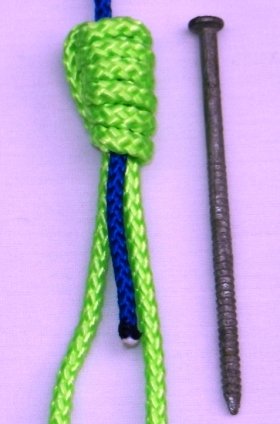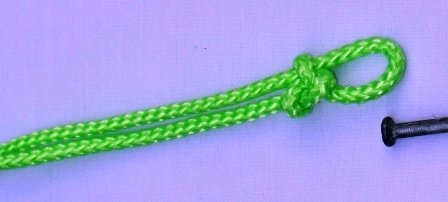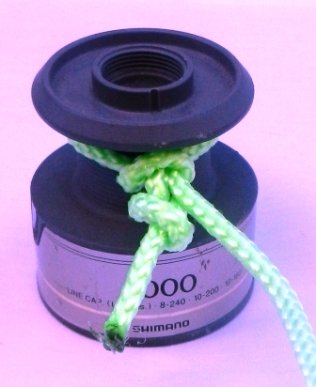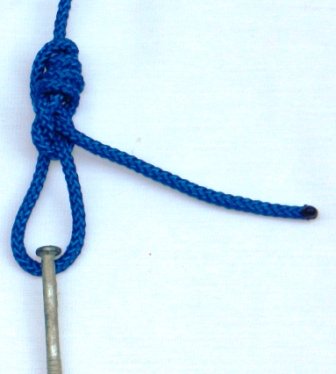Tying Fishing Knots
Tying fishing knots follows general knot tying rules, but fishing knots must be tight and small so that the fishing knot will secure the bait or hook and will pass through the eyelets of the fishing rod. Fishing knots have remained mostly unchanged over time. Occasionally a new knot is introduced but the knots mentioned on this page work well, are easy to tie and cover most common needs for fishing. Fishing with nets and tying knots in fishing nets will not be covered in this series.
Fishing knots must be strong but not bulky so that they can pass through the eyelets of the fishing pole and have minimum wind resistance. The knots highlighted on this page are among our favorites used here at PFT.
Tying Fishing Knots - Primary Uses
Fishing knots must be strong but not bulky so that they can pass through the islets of the fishing pole and have minimum wind resistance. The knots highlighted on this page are considered to be the most common knots used in freshwater fishing. Each knot will have a separate page for that knot demonstrating through a series of pictures how to tie the knot as well as a description of the best use for each knot. The three primary uses for fishing knots are:
- To join fishing line to hooks or lures,
- To secure your line to your fishing reel
- To join two lines together.
10 Favorite Fishing Knots
When you first begin to fish you will want to master a handful of knots to cover the majority of circumstances you will face. These knots are the ones I use the most. There are many other "Fishing Knots" that you will want to experiment with, but learning these basic knots will allow you to get started and really enjoy your fishing outings. If you have a favorite knot not mentioned here please submit a comment and our staff will consider updating these pages.
- Overhand Knot
- Arbor Knot
- Clinch Knot
- Improved Clinch Knot
- Rapala Knot
- Palomar Knot
- Nail Knot
- Albright Knot
- Blood Knot
- Perfection Loop
- Surgeons Knot
Basic Fishing Knots
Tying Hook and Lure Knots
Fly Fishing Knots
 Nail Knot
Nail Knot
Tying Knots With Loops
 Perfection Loop
There are several ways to tie fishing knots so that you end up with a loop. This can be helpful for tying on a lure or hook, adding a second small trailer lure or hook, or for use with a rope to be used with your boat. The three knots that I typically use in these situations are the Rapala Knot,
the surgeons knot and the Perfection Loop.
Perfection Loop
There are several ways to tie fishing knots so that you end up with a loop. This can be helpful for tying on a lure or hook, adding a second small trailer lure or hook, or for use with a rope to be used with your boat. The three knots that I typically use in these situations are the Rapala Knot,
the surgeons knot and the Perfection Loop.
As an Amazon Associate, we earn from qualifying purchases. Items we reference and recommend have been personally owned, used and tested or we have fished with anglers who were using them.
Knot Tying Hard Copy
When tying fishing knots, especially if you are not a pro and do not tie them every day is to own a hard copy of how to tie knots. This one has virtually any knots that have to do with fishing. All of those mentioned above are contained within its pages.
Practice Tying Fishing Knots
When you first begin tying fishing knots you may feel a bit clumsy and not natural. This is normal, but keep at it. Often when spending a night out on a fishing trip, we will practice knots we expect to use the next day. With time, you will learn to tie many of these knots with ease. One of the things we at PFT have found helpful for those knots we don't use every day is a smart phone application - here are two popular apps among many.


